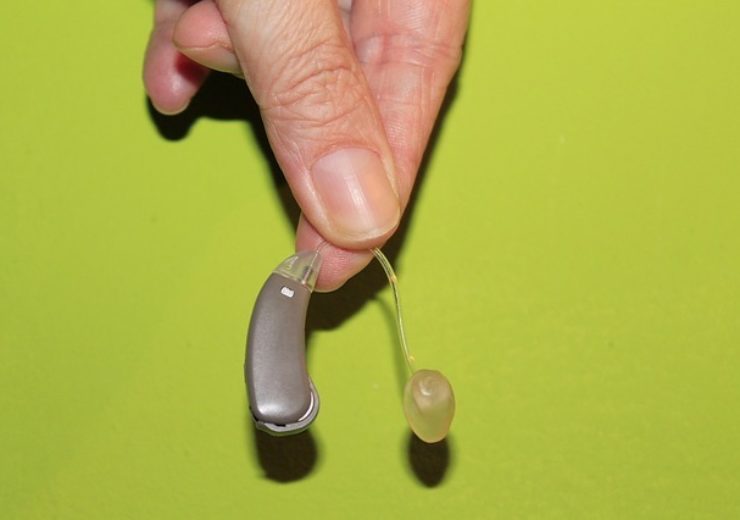The Sing Registry is a new, observational research study focused on understanding the life-long impact of genetic sensorineural hearing loss (SNHL)

Image: Akouos launches The Sing Registry.Photo: Courtesy of kalhh from Pixabay
Akouos, a precision genetic medicine company developing gene therapies to restore and preserve hearing, today announced the launch of The Sing Registry: the Genetic Sensorineural Hearing Loss Registry. The Sing Registry is a new, observational research study focused on understanding the life-long impact of genetic sensorineural hearing loss (SNHL).
The Sing Registry is sponsored by Akouos, with plans to create a consortium that builds upon the foundational research of genetic hearing loss established by investigators at the University of Iowa, Mass Eye & Ear and Harvard Medical School, and Vanderbilt University, among others.
Michael McKenna, M.D., Akouos co-founder and chief medical officer, will present details of the Registry, along with preclinical data from Akouos’s lead program, AK-OTOF, tomorrow during the Frank M. Rizer Memorial Lecture at the 54th Annual American Neurotology Society Fall Meeting in New Orleans. The presentation, “Emerging Role for Gene Therapy in the Treatment of Sensorineural Hearing Loss,” will take place Saturday, September 14, 2019 at 2:25 p.m. CT.
“Restoring and preserving hearing loss remains a significant challenge today, and Akouos is committed to reducing that challenge by creating precision genetic medicines intended to treat people with genetically driven forms of hearing loss,” said Dr. McKenna. “The launch of the Sing Registry is an important step forward in the field. With the emergence of genetic testing and the need for clinical, epidemiological, and genotypic/phenotypic relationships in genetic hearing loss, this registry is designed to provide a structured basis for research efforts to further understand implicated genes, support established diagnostic methods, advance the clinical characterizations of hearing loss, and inform future therapeutic development.”
